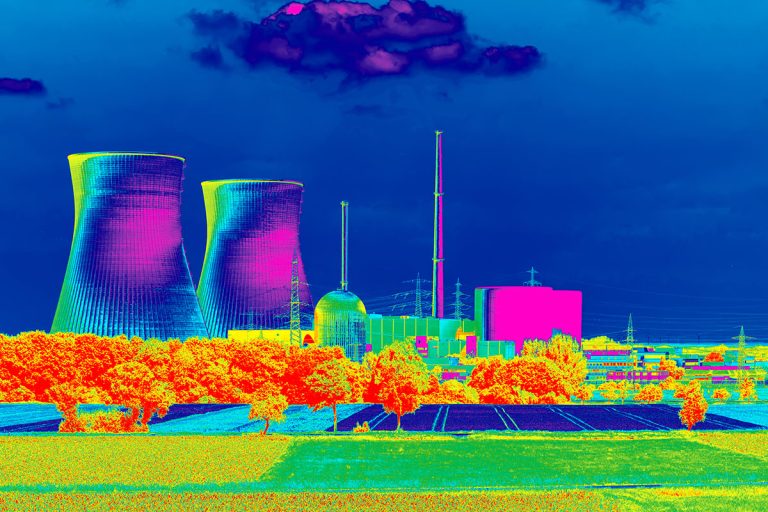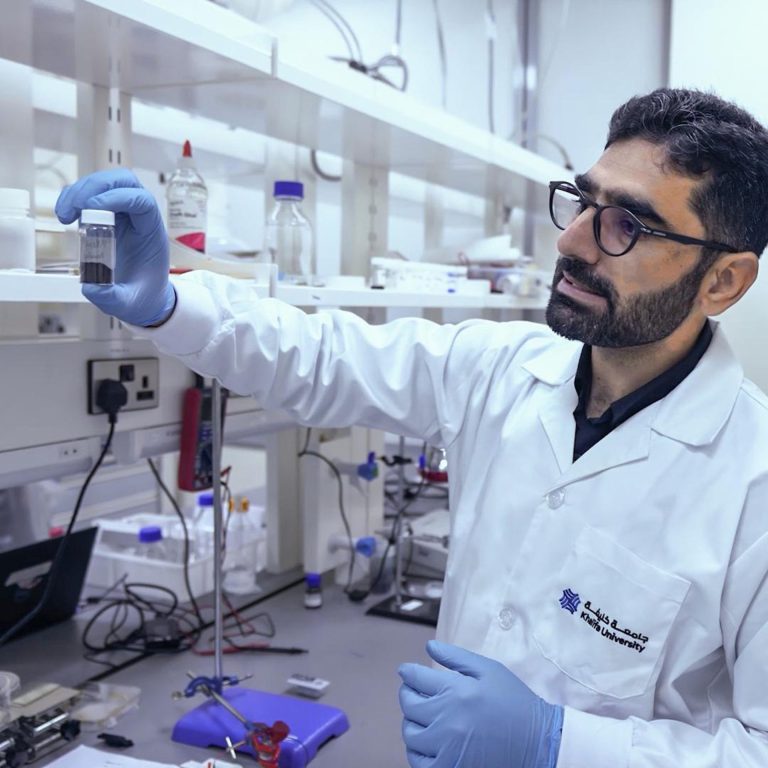Improved algorithms boost desalination performance
A swarm-intelligence model of hunting behavior is encouraging neural networks to find the best of the best solutions to enhance the dynamic management of desalination processes.
About half of the world’s population is likely to be living in water-scarce conditions within the next few years, according to reports from the World Health Organization (WHO) and the United Nations children’s charity UNICEF.
Desalination technologies, such as reverse osmosis plants, are an important part of addressing this growing challenge. A research team at Khalifa University, led by Shashikant Patole, has developed a novel machine-learning model that holds the promise of significantly enhancing the dynamic management of such plants.
“It’s imperative to accelerate research into improving desalination in order to ensure a sustainable life for humans, animals, and plants,” says Patole, adding that this could also help desalination plants run more efficiently.
Modern reverse osmosis (RO) plants use advanced analytics and predictive algorithms to optimize their performance. By dynamically managing factors such as feed flow rate or evaporator and condenser intake temperatures, these systems help maximize the plant’s output, saving time, money, and energy. Patole and his team set out to improve the models guiding these systems.
Artificial neural networks (ANN), which are a cornerstone of modern machine learning and AI, are the models used to optimize RO plants. But the standard training algorithm can get stuck on a solution that’s good enough rather than finding the best overall solution. Patole and his team have explored whether a hybrid model might do better. They used an ANN trained not with the usual algorithm but with a modified version inspired by the hunting behavior of whales.
“We explored the possibility of using the Modified Whale Optimization Algorithm [a popular swarm intelligence algorithm] to overcome the limitations of the training algorithms,” Patole explains. “This could improve model performance, enabling better plant modelling and performance.”
The team started by identifying the ideal range for a number of key technical features of the model, such as how many hidden layers and search agents it had. Using these parameters, they selected their top- 10 best models.
By evaluating the top-10 they identified one which outperformed the others. This best of the best model was tested against published experimental data from RO desalination plants. In addition to producing better predictions, the new model is more efficient than existing models because it has a simpler structure.
The team plans to collect more data from RO desalination plants to assess how well the hybrid models perform with very large data sets. They also hope to test the improvements in practice. “Our next step is to develop a lab-scale prototype desalination plant and investigate the parameters experimentally and computationally to increase plant performance and accuracy,” says Patole.
Reference
1. Mahadeva, R., Kumar, M., Gupta, V. et al. Modified Whale Optimization Algorithm based ANN: a novel predictive model for RO desalination plant. Sci Rep 13, 2901 (2023) | Article




